Jul 2020 Newsletter - Transmissions Vol 24, 2020
 Vol. 24, Spring 2020
Vol. 24, Spring 2020
Foreward
What is the new normal and what does it mean for research and development? I have been asking myself this question repeatedly since mid-March and I still don’t have a good answer. At least not one that I like. What I can tell you is that GRI is open for business and has been throughout the entire pandemic due to our relationship with (management by) the Applied Research Lab (ARL) at Penn State University. ARL provides essential services to the US government and has remained open throughout the shutdown period. I can’t express how thankful I am that this was the case and that my professional life was not affected much. I wish the same could be said for many of my friends and colleagues.
The backlog of work at GRI is about average for this time of year with several exciting new projects starting and a few more high probability jobs expected to start soon. We are currently installing a 110,000 pound capacity servo-hydraulic fatigue test frame in the lab. It is exciting to think about the potential new work that it can help us accomplish. We are also kicking off a new spline testing project that will be reviving an old capability at GRI. It is also worth noting that we have recently added a fluid particle counting instrument to the lab for oil cleanliness monitoring. Stay tuned to future newsletters for more information on each of these capabilities. Another new capability, hot hardness testing, is discussed in the Research Project section of this newsletter.
Unfortunately, we have had two projects canceled due to pandemic related economic effects on the aerospace industry. We are also facing the possibility of losing a member of the Aerospace Bloc research consortium due to financial difficulties. While we hope that these challenges are short term, we must face the real possibility that the new normal may be with us for a while and attempt to plan accordingly.
The current plan at Penn State is to have some form of in-person learning on campus for the fall semester. What this means exactly is being defined at this very moment. Normally, I look forward to the return of the students to State College. They bring a renewed vigor to town that is difficult to describe to someone that doesn’t live in a small college town. The return of the students means that football season and the corresponding social gatherings are right around the corner. There is usually a buzz in the air and most everyone is welcoming and happy in Happy Valley. Things are likely to be very different when students return this year. I’m already tired of the “new normal” and am ready to go back to the “normal normal”. I’m optimistic that we can continue to manage the effects of the pandemic on our staff and facility so that we are able to continue to serve our gear industry sponsors in the post COVID-19 world.
Stay healthy my friends.
Aaron Isaacson
Managing Director, GRI
Head, Drivetrain Technology Center
ARL Penn State
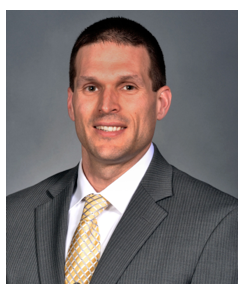
Research Project: Short Term Hot Hardness Testing
Hot hardness, which is defined as the hardness of a material measured at elevated temperatures, is a widely used performance metric for aerospace gears and bearings. Gear steels such as AISI 9310 and Pyrowear 53 (AMS 6308)[7] have demonstrated that they retain hardness up to temperatures of 150°C and 200°C, respectively. Aerospace gearbox operating temperatures have increased beyond that which traditional carburized gear steels can maintain their hardness. As a result, many new high hot hardness steels were developed.
The accepted method in the gear industry to measure the high temperature performance of these materials is to conduct single tooth bending fatigue (STBF) tests with the gear and test apparatus at elevated temperature. Hot STBF tests provide a method to measure strength degradation of the gear due to prolonged exposure to elevated temperature, which is very application specific and is a good metric to gauge performance for this specific scenario. However, the technique does not measure material properties and does not extend to other applications. Hot hardness is also critically important when loss of lubrication occurs in vertical lift aircraft gearboxes. The STBF method of hot hardness evaluation is insufficient to provide insight into the extreme temperatures and differing failure mechanisms experienced by a gear without proper lubrication. There is a need to go beyond performance-based tests and directly measure material properties at high temperatures. This would allow their use in other applications.
The short-term hot hardness test was developed at Penn State to duplicate data presented in the literature by NASA and Carpenter (see references [1] through [7]). The equipment used to generate the referenced data is no longer in service at either NASA or Carpenter.
The indentation process used in the new test is based upon the standard Rockwell hardness test method, shown schematically in Figure 1. A Bruker UMT Tribolab with rotary lower drive and high temperature furnace is used for this test. A cross section view of the test setup is given in Figure 2. Complete details are presented in [8].
Figure 3 shows a generic schematic of the hot hardness test specimen. Indents are evenly spaced and made in a circular pattern with the computer controlled test machine. Careful attention is given to the spacing to ensure effects from other indents and/or edges are avoided.
The sample is heated to 100°C and held for 30 min. after which a series of indents are made and the position is recorded throughout the indentation process. The calibration curve given in Figure 4 has been developed allowing the change in vertical position due to indentation with 100 kgf to be converted to Rockwell C hardness. The sample is then heated in 50°C increments with hardness data obtained after soaking 30 minutes at each temperature. The process continues until the material hardness is no longer defined by the Rockwell C scale.
The sample is protected with Argon shielding gas at all times to avoid effects from surface oxidation. A spherical alumina indenter (1/8 inch diameter) is used to ensure high temperature stability and eliminate thermal degradation. The maximum temperature of the furnace is 1000°C and the maximum hardness value currently possible is 66 HRC (due to calibration standard availability).
Short-term hot hardness test results for carburized SAE 8620, AISI 9310 and AMS 6308 (Pyrowear 53) are presented in Figure 5. The difference in hot hardness performance is clearly captured with this test. It is also worth mentioning that these tests can be completed quickly and affordably..
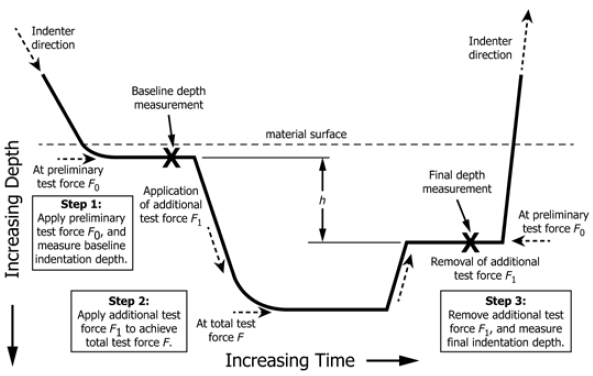
Figure 1: Rockwell Harness Test Method (Schematic Diagram)
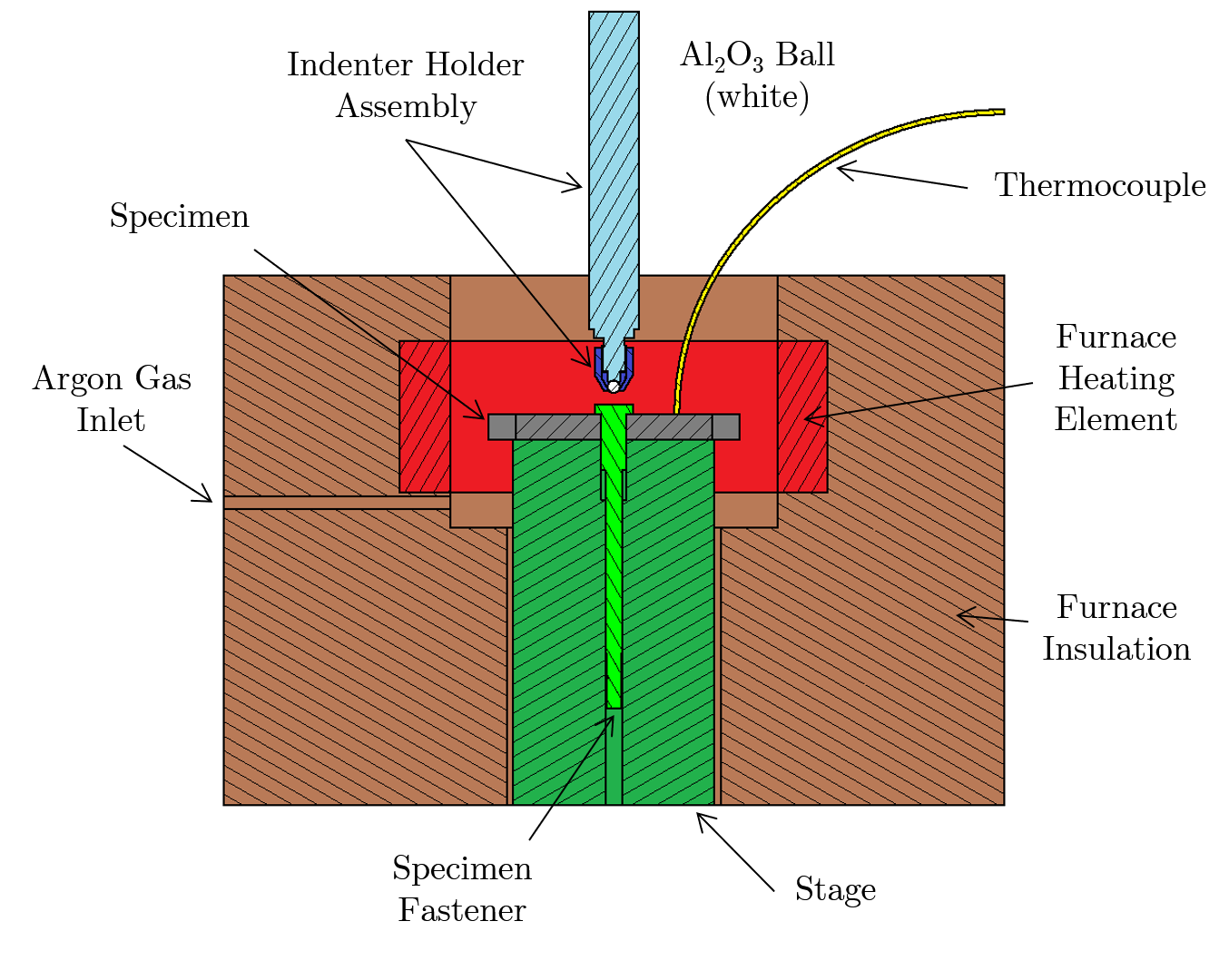
Figure 2: Cross section view of hot hardness test setup
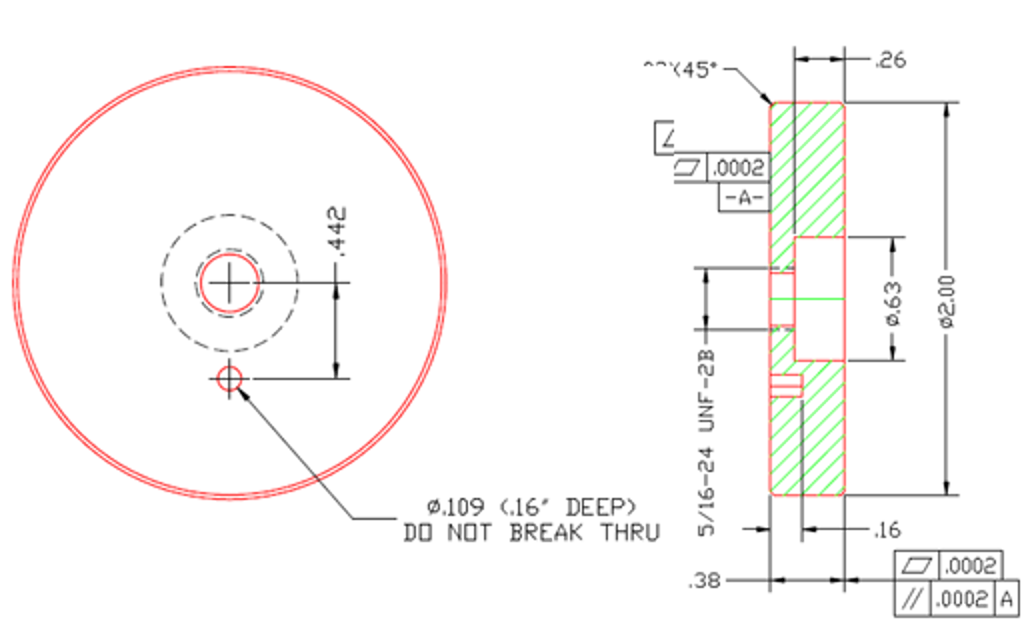
Figure 3: Hot Hardness Test Specimen Schematic
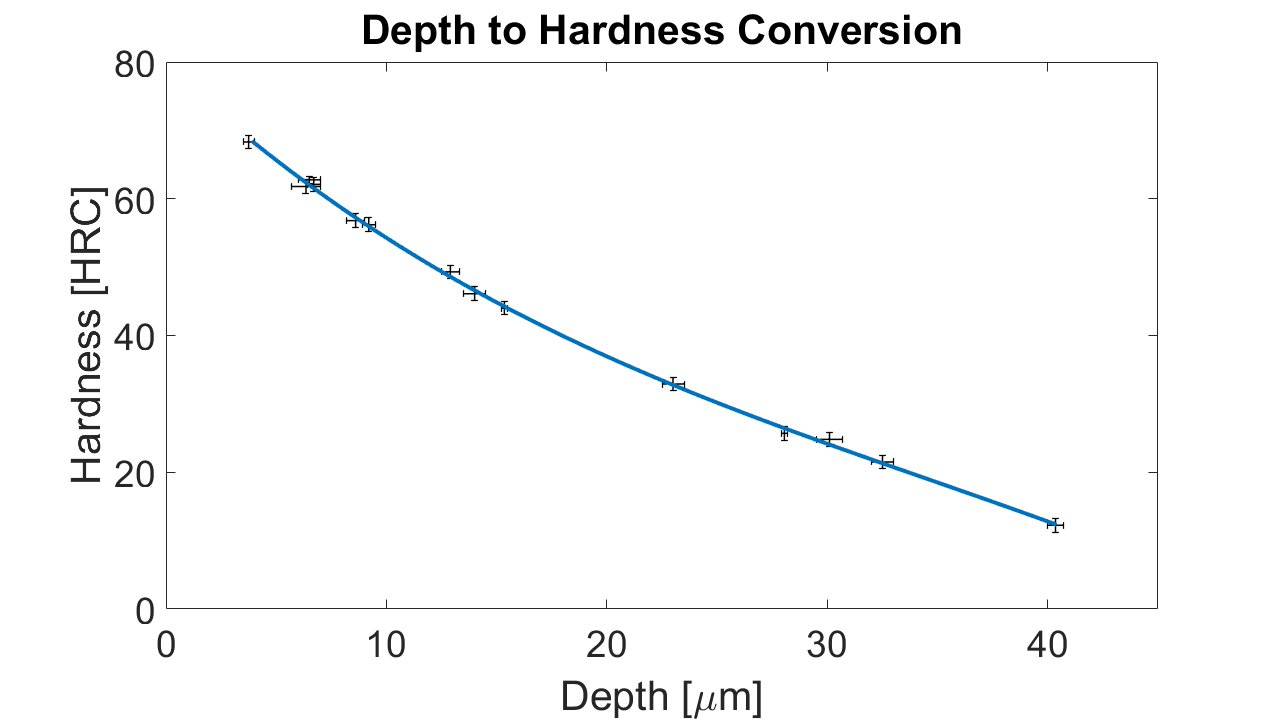
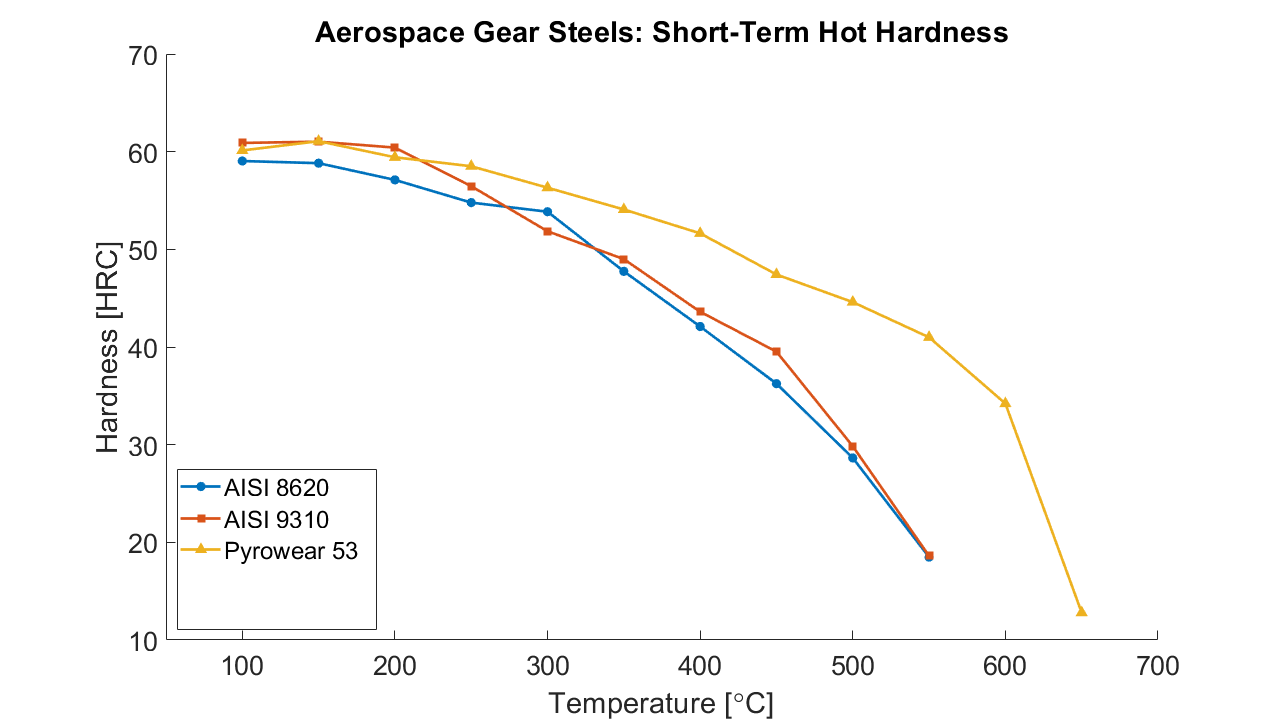
Figure 5: Short-term hot hardness test data for carburized SAE 8620, AISI 9310 and AMS 6308 (Pyrowear 53)
References:
[1] J. L. Chevalier, M. W. Dietrich and E. V. Zaretsky, "Short-Term Hot Hardness Characteristics of Rolling-Element Steels," National Aeronautics and Space Administration, 1972.
[2] N. E. Anderson and E. V. Zaretsky, "Short Term Hot Hardness of Five Case Hardened Steels," National Aeronautics and Space Administration, 1975.
[3] J. L. Chevalier, M. W. Dietrich and E. V. Zaretsky, "Hot Hardness Characteristics of Ausformed AISIM-50, Matrix II, WD-65, Modified AISI 440-C, and Super Nitralloy," National Aeronautics and Space Administration, 1973.
[4] D. P. Townsend and E. V. Zaretsky, "Comparisons of Modified Vasco X-2 and AISI 9310 Gear Steels," National Aeronautics and Space Administration, 1980.
[5] E. V. Zaretsky, "Selection of Rolling-Element Bearing Steels for Long-Life Application," National Aeronautics and Space Administration, 1986.
[6] E. V. Zaretsky, Tribology for Aerospace Applications, Park Ridge, Illinois: Society of Tribologist and Lubrication Engineers, 1997.
[7] "CarTech Pyrowear Alloy 53 Technical Data Sheet," Carpenter Technology Corportation, 2003.
[8] C.W. Wassel, An Investigation of the Short-Term Hot Hardness Performance of Aerospace Case-Hardening Bearing and Gear Steels, M.S. Thesis, Penn State University, 2020.
Education and Training
In order to assist with replenishment of the gear industry’s aging work force, the Gear Research Institute has developed a hands on education program for students at both undergraduate and graduate levels. The results of the program are entry level engineers that have been trained in the basics of gearing. This involves incorporating engineering undergraduate students, at the junior/senior level and graduate students in the Institute’s research laboratory while being paid by a grant from the sponsoring industrial entity. Summer internships have also been arranged at the sponsor’s facility, so that the student and the sponsor have an opportunity to assess each other with future employment in mind.
Typically, students get hands on experience by setting up and monitoring gear test equipment with additional training topics such as gear metrology, failure analysis is, metallurgical characterization, vibration monitoring for failure detection, statistical analysis of test data and more.
This newsletter’s student profile is of Timothy Kindler. Tim received his Bachelor of Science degree in Biological Engineering with an option in Agricultural Engineering and a minor in Off Road Equipment. Tim’s position was made possible through a grant from John Deere. He had been working in the GRI test lab supporting several projects since August of 2019 but his primary responsibility was to manage the low speed (150 rpm) gear testing program for John Deere. Tim graduated in May and has recently starting working as a Project Engineer at GVM, Inc. in Biglerville, PA.

For more information about how you can support a student intern or sponsor a student project, please visit www.gearresearch.org or contact Aaron Isaacson at 814 865 5832 or This email address is being protected from spambots. You need JavaScript enabled to view it..
Obituary
It is with great sadness that we announce the death of yet another long-time friend of GRI. Mark Beltowski of John Deere passed away last year after a battle with cancer. Mark served on the GRI Board of Trustees for two terms and was a proud alumnus of Penn State University. Mark was very supportive of GRI’s student education program. So much so, that he initiated sponsorship at John Deere that provides funding for undergraduate students to gain hands on experience in the GRI test lab while at Penn State completing their senior year of their engineering degree. Mark will be greatly missed.

Board of Trustees
The GRI Board of Trustees has had some turnover in recent months. Three new members have joined the Board. They are Scott Yoders of Liebherr Gear Technology, Jeremy Wagner of John Deere, and Alessio Pescosolido of Pratt & Whitney. GRI would like to thank them for their service!
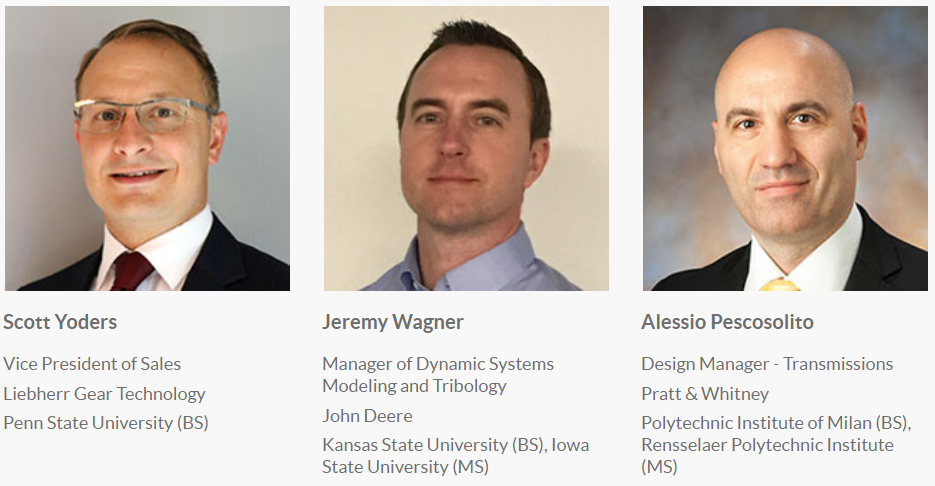
Other News
GRI would like to encourage virtual attendance at the AGMA Fall Technical Meeting in October. GRI’s Matt Wagner will be presenting a paper titled “Single Tooth Bending Fatigue Testing at any R-Ratio”. See below for specific dates and click on the banner below for more information.
Employment Opportunities
Several years ago, a few Corporate Member companies requested that we add a “Job Postings” section to the GRI website for gear and drivetrain related positions. This service was (and continues to be) offered free of charge to our Corporate members and sponsors. There are currently no active job postings on the site. If you’re company has a job opportunity that you would like to have publicized, please contact Aaron Isaacson at This email address is being protected from spambots. You need JavaScript enabled to view it..
The Gear Research Institute is a non profit corporation. It has contracted with the Applied Research Laboratory of The Pennsylvania State University to conduct its activities, as a sponsor within the Drivetrain Technology Center. The Gear Research Institute is equipped with extensive research capabilities. These include rolling contact fatigue (RCF) testers for low- and high-temperature roller testing, power circulating (PC) gear testers for parallel axis gears with a 4-inch center distance (testers can be modified to accommodate other center distances), single tooth fatigue (STF) testers for spur, helical and spiral bevel gears, and gear tooth impact tester. Extensive metallurgical characterization facilities are also available at Penn State in support of the Gear Research Institute. For further details on our testing capabilities please go to www.gearresearch.org or call Aaron Isaacson, Managing Director, at (814) 865-5832.

